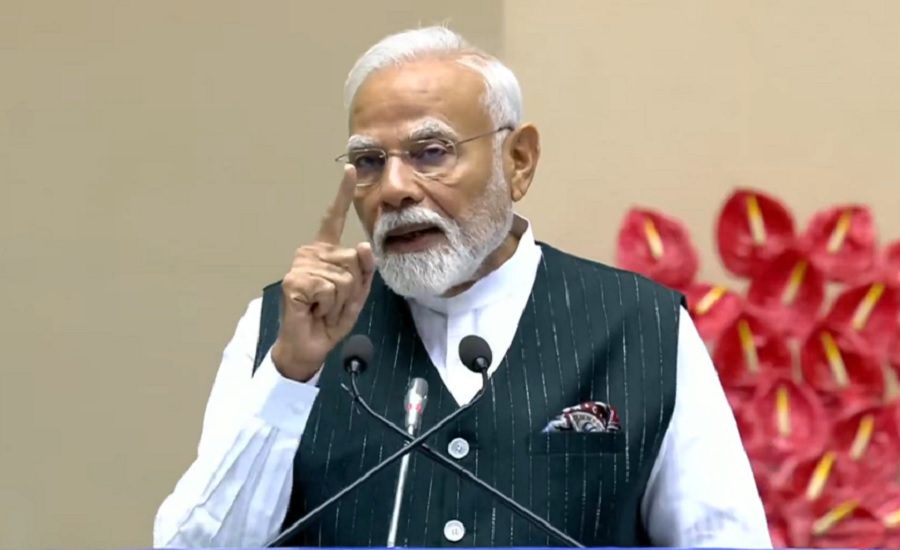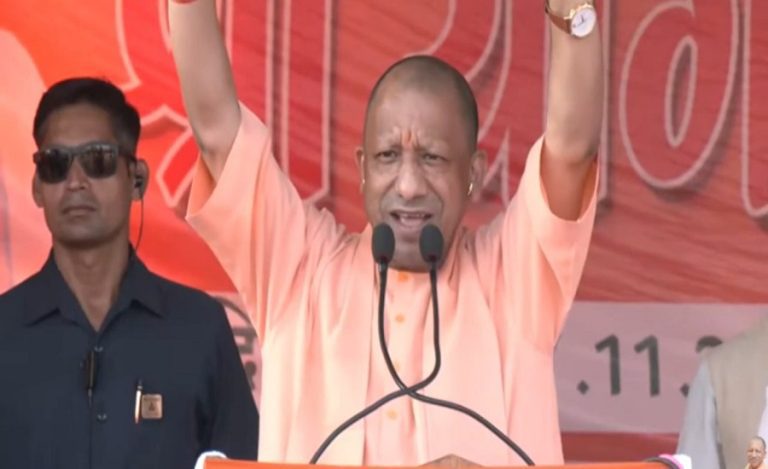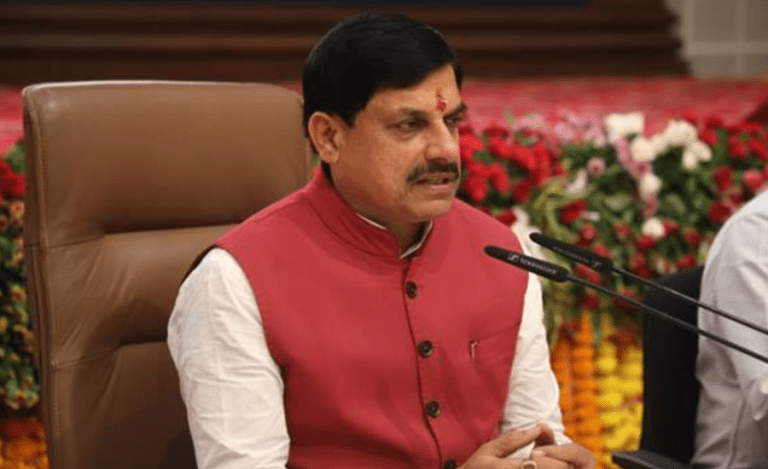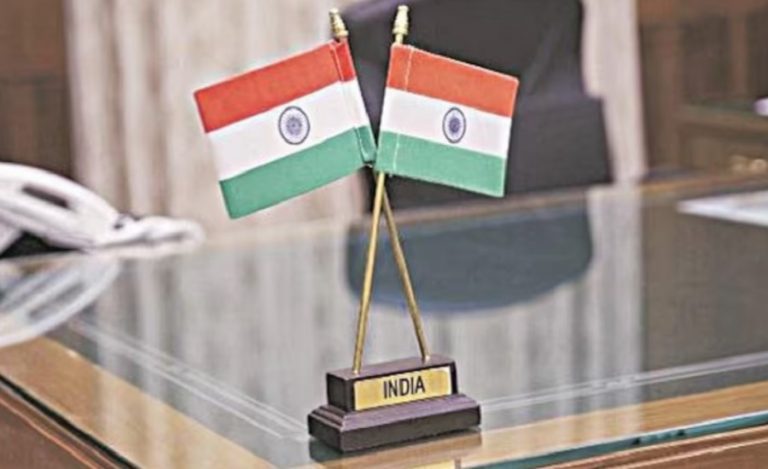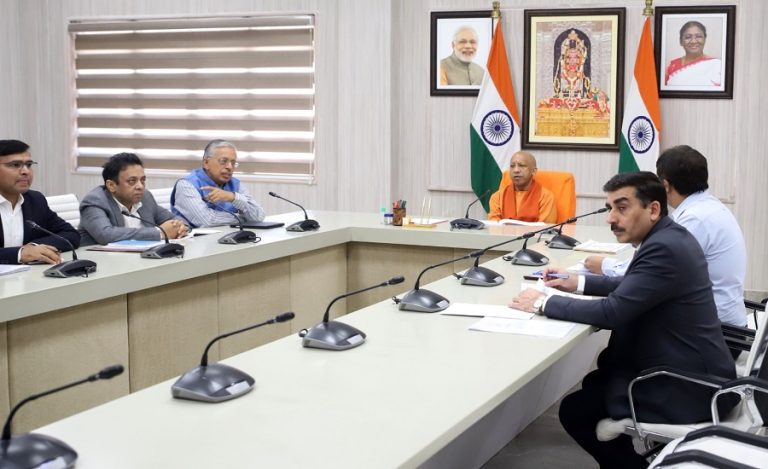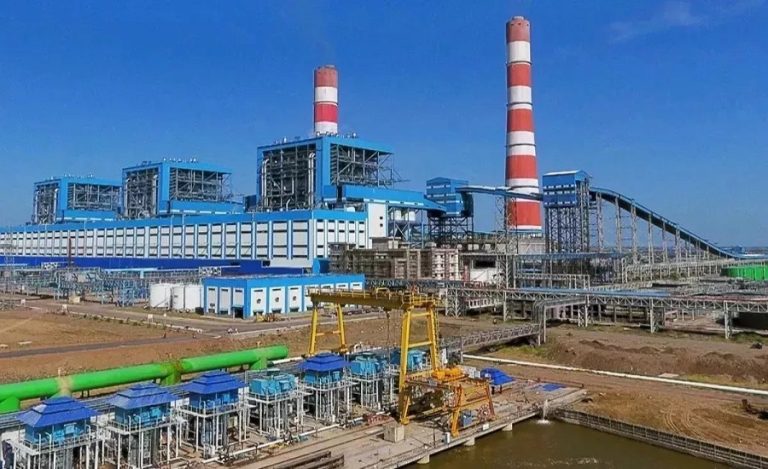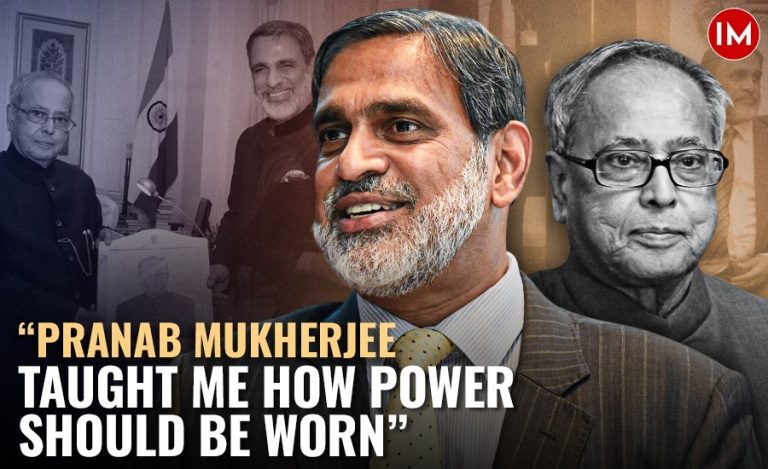Prime Minister Narendra Modi on Thursday issued a strong statement in response to the United States’ decision to impose a steep 50% tariff on Indian goods, asserting that India will not compromise on the interests of its farmers, livestock rearers, and fishermen, even if it comes at a personal political cost.
Speaking at the MS Swaminathan Centenary International Conference, the Prime Minister said:
“For us, the welfare of our farmers is the highest priority. India will never compromise on the interests of its farmers, livestock rearers, and fishermen. I know that I will have to pay a heavy personal price for this. But I am ready for it.”
The statement comes amid rising trade tensions between India and the United States, triggered by US President Donald Trump’s executive order on Wednesday that doubled the existing tariff on Indian imports from 25% to 50%, citing India’s continued import of Russian oil as a threat to US national interests.
Modi emphasized that India’s agricultural sector, which supports over 700 million livelihoods, is not negotiable in any trade deal.
“We are consistently working to increase farmers’ incomes, reduce the cost of cultivation, and create new sources of earnings. Our policies are not just about assistance, but about building confidence in those who feed the nation,” he said.
Trump’s Tariff Spree Targets Indian Oil Trade with Russia
President Trump’s executive order—titled “Further Modifying the Reciprocal Tariff Rates”—imposes additional tariffs on exports from 70 countries, but India faces one of the steepest hikes. The latest move specifically targets India’s crude oil trade with Russia, which the US administration labeled as a violation of international sanctions and a threat to its national security.
“The Government of India is currently directly or indirectly importing Russian Federation oil,” the order states, invoking the International Emergency Economic Powers Act to justify the tariff escalation.
The new tariff regime came into effect for Indian goods on August 7, with a second 25% tranche due on August 27, raising the total duty to 50%. This places India on par with Brazil, which now faces the highest import duties among US trading partners.
In a defiant social media post shortly after midnight, Trump wrote:
“Reciprocal tariffs take effect at midnight tonight! Billions of dollars, largely from countries that have taken advantage of the United States for many years, will start flowing into the USA.”
He further warned of more penalties:
“It’s only been eight hours. There’s more to come. A lot of secondary sanctions are still on the table,” Trump said while responding to media questions.
India Slams US Action as “Unfair and Unreasonable”
India’s Ministry of External Affairs issued a strong rebuttal, terming the US decision “unfair, unjustified and unreasonable”.
“The United States has targeted India’s oil imports from Russia despite being aware that our decisions are guided by market dynamics and national energy security considerations. India imports energy to meet the needs of 1.4 billion people,” the official statement read.
Officials also pointed out that European nations continue to purchase Russian oil at far higher volumes, making the singling out of India both selective and discriminatory.
Talks Stalled on Bilateral Trade Agreement
The tariff standoff has also cast a shadow over the India-US Bilateral Trade Agreement, which has seen little progress since talks began in March. According to government sources, India’s refusal to offer duty concessions on agriculture, dairy, and GM food has been a sticking point in negotiations.
“More than 700 million Indians are directly or indirectly connected to the agriculture sector. Liberalizing agri-imports without adequate safeguards could severely disrupt rural livelihoods,” said a senior official familiar with the matter.
The US has long sought greater market access for its subsidized agricultural exports, while India has maintained tariff barriers to protect its small and marginal farmers.
Global Trade Tensions on the Rise
India is not alone in facing new tariffs. Trump’s executive order also raised duties on goods from Laos (40%), Myanmar (40%), Pakistan (19%), Sri Lanka (20%), UK (10%), and Japan (15%). While some US allies, like Japan and South Korea, accepted a 15% rate to avoid harsher penalties, India did not accept the revised terms.
“Some countries have chosen to align with the United States. Others, like India, have failed to take adequate steps,” the order said.
What Lies Ahead
With two rounds of tariffs now in place and a third wave of possible secondary sanctions looming, trade analysts warn of a deepening economic rift between New Delhi and Washington. Despite the tensions, India has maintained a firm stand on protecting its sovereign energy policy and agrarian economy.
The coming weeks will be crucial as both nations weigh their options: India, to protect its economic autonomy, and the US, to pressure strategic realignments in its global trade framework.
As the world’s two largest democracies navigate turbulent economic waters, one thing is clear—India is prepared to pay the price for sovereignty, security, and the welfare of its people.

